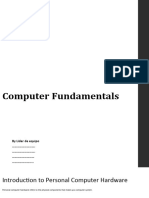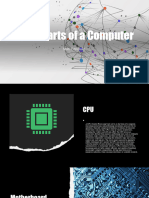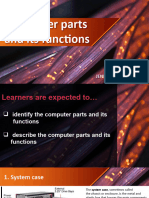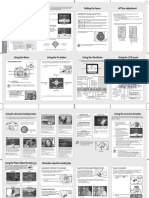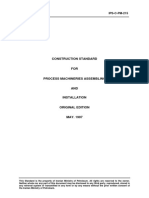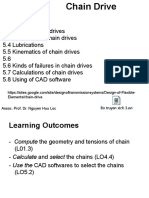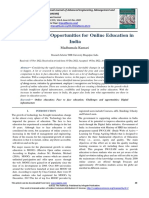0% found this document useful (0 votes)
159 views13 pagesAdvanced Components of A Computer
The document provides an in-depth exploration of advanced computer components, including the CPU, GPU, RAM, storage, motherboard, power supply, cooling systems, and connectivity options. It emphasizes the importance of factors like core count, clock speed, RAM capacity, and storage type in optimizing performance. Understanding how these components interact is crucial for maximizing system efficiency and performance.
Uploaded by
whatismasswhatisweightCopyright
© © All Rights Reserved
We take content rights seriously. If you suspect this is your content, claim it here.
Available Formats
Download as PDF, TXT or read online on Scribd
0% found this document useful (0 votes)
159 views13 pagesAdvanced Components of A Computer
The document provides an in-depth exploration of advanced computer components, including the CPU, GPU, RAM, storage, motherboard, power supply, cooling systems, and connectivity options. It emphasizes the importance of factors like core count, clock speed, RAM capacity, and storage type in optimizing performance. Understanding how these components interact is crucial for maximizing system efficiency and performance.
Uploaded by
whatismasswhatisweightCopyright
© © All Rights Reserved
We take content rights seriously. If you suspect this is your content, claim it here.
Available Formats
Download as PDF, TXT or read online on Scribd
/ 13













